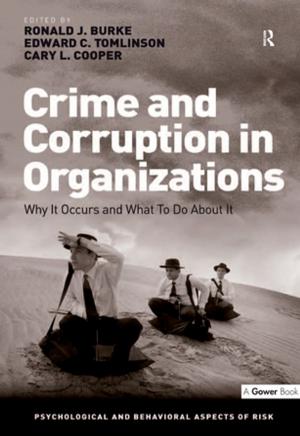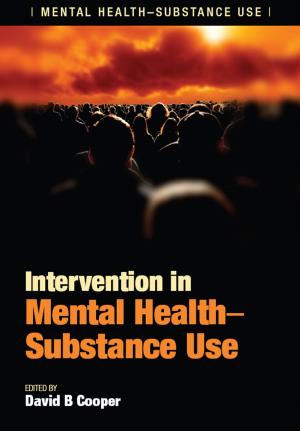Reducing Interpersonal Violence
A Psychological Perspective
Nonfiction, Health & Well Being, Psychology, Forensic Psychology, Social Psychology| Author: | Clive Hollin | ISBN: | 9781351803007 |
| Publisher: | Taylor and Francis | Publication: | August 6, 2018 |
| Imprint: | Routledge | Language: | English |
| Author: | Clive Hollin |
| ISBN: | 9781351803007 |
| Publisher: | Taylor and Francis |
| Publication: | August 6, 2018 |
| Imprint: | Routledge |
| Language: | English |
There are many types of interpersonal violence that can lead to short- and long-term physical and psychological effects on those involved. Reducing Interpersonal Violence reflects on the World Health Organization’s stance that interpersonal violence is a public health problem and considers what steps can realistically be taken towards its reduction.
Clive Hollin examines interpersonal violence across a range of settings, from bullying at school and in the workplace, smacking children and partner violence in the home, to sexual and other forms of criminal violence in the community. This book summarises the research on evidence-based strategies to reduce violence and shows that reducing interpersonal violence can have a positive effect on people’s wellbeing and may save a great deal of public expenditure.
This book is an invaluable resource for students and researchers in the fields of psychology, criminology, law, and police studies, as well as professionals such as probation staff and forensic psychologists.
There are many types of interpersonal violence that can lead to short- and long-term physical and psychological effects on those involved. Reducing Interpersonal Violence reflects on the World Health Organization’s stance that interpersonal violence is a public health problem and considers what steps can realistically be taken towards its reduction.
Clive Hollin examines interpersonal violence across a range of settings, from bullying at school and in the workplace, smacking children and partner violence in the home, to sexual and other forms of criminal violence in the community. This book summarises the research on evidence-based strategies to reduce violence and shows that reducing interpersonal violence can have a positive effect on people’s wellbeing and may save a great deal of public expenditure.
This book is an invaluable resource for students and researchers in the fields of psychology, criminology, law, and police studies, as well as professionals such as probation staff and forensic psychologists.















